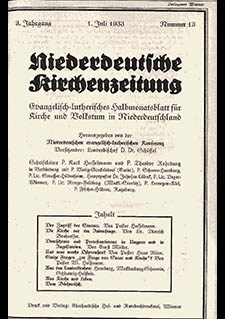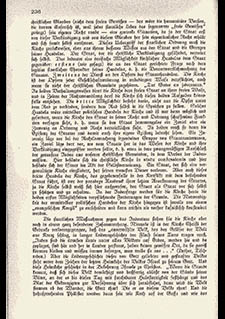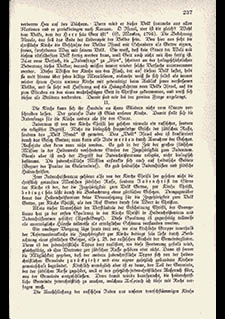Bonhoeffer: The Church’s Solidarity with Victims
In the first half of 1933, Dietrich Bonhoeffer repeatedly voiced criticism of the Nazi’s Gleichschaltung in lectures, sermons and on the radio. He responded to the “Aryan paragraph” of April 7, 1933 immediately with his article Die Kirche vor der Judenfrage (The Church before the Jewish Question), which was printed in June. In it, he not only rejected the application of the anti-Semitic law to the church’s own members of Jewish descent but also demanded the church’s general solidarity with the victims of the state’s power.
He saw – in spite of one’s duty to obey the state – three successive options for action: First, the church must clearly question the state about the lawfulness of its actions; second it must be aware of its obligation to aid the victims; and third, in the extreme case, be it must be prepared not only to bind up the victims under the wheel but also to jam the spokes of the wheel itself. Yet, he was convinced at this time that the necessity of immediate political action by the church at any given time must be decided by a Protestant council and can therefore never be formulated casuistically beforehand. Bonhoeffer repeated his reference to a council several times.
Source / title
- © by Gütersloher Verlagshaus, Gütersloh, in der Verlagsgruppe Random House GmbH, München.







